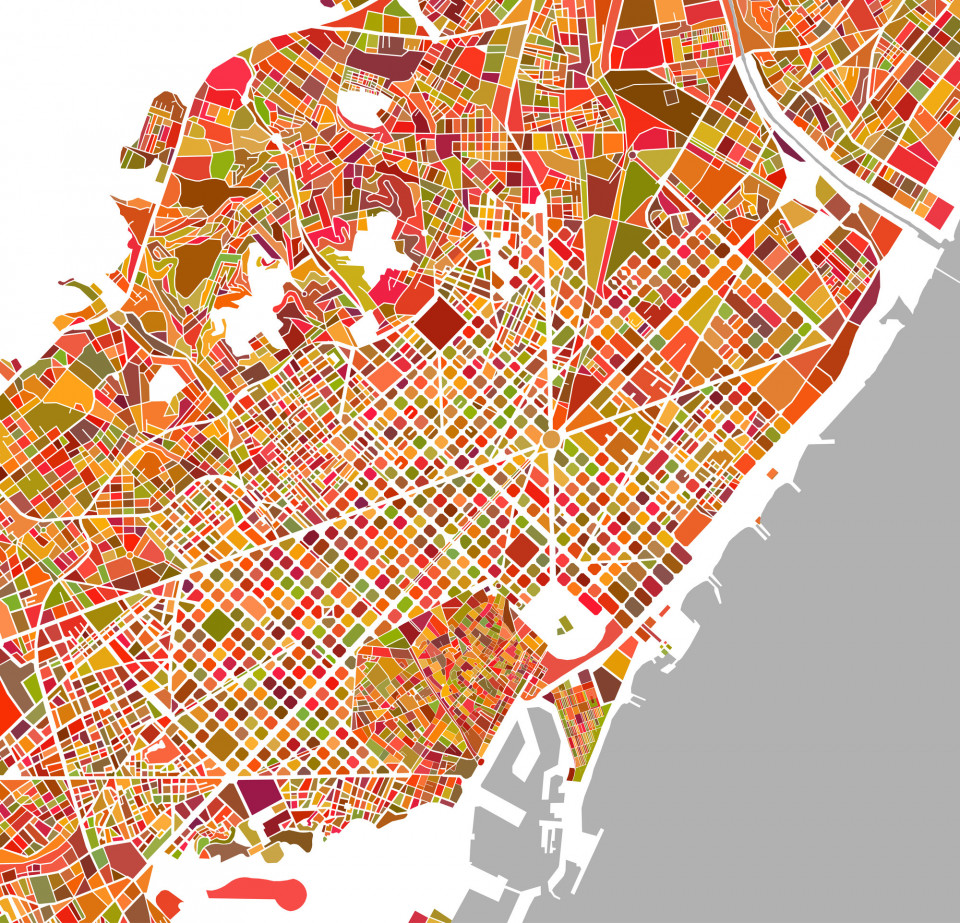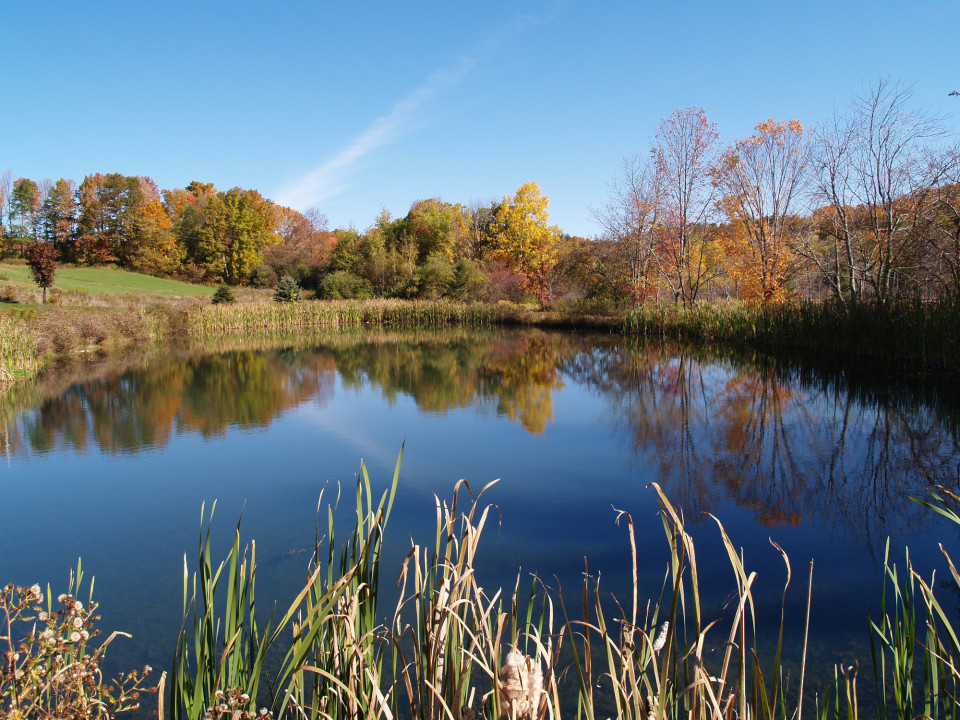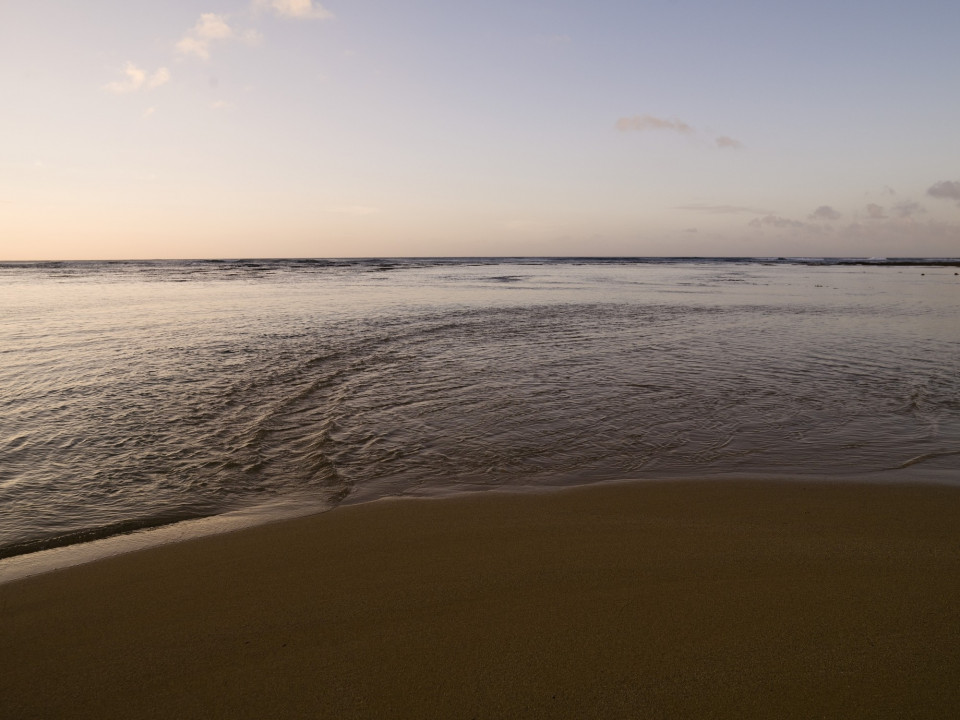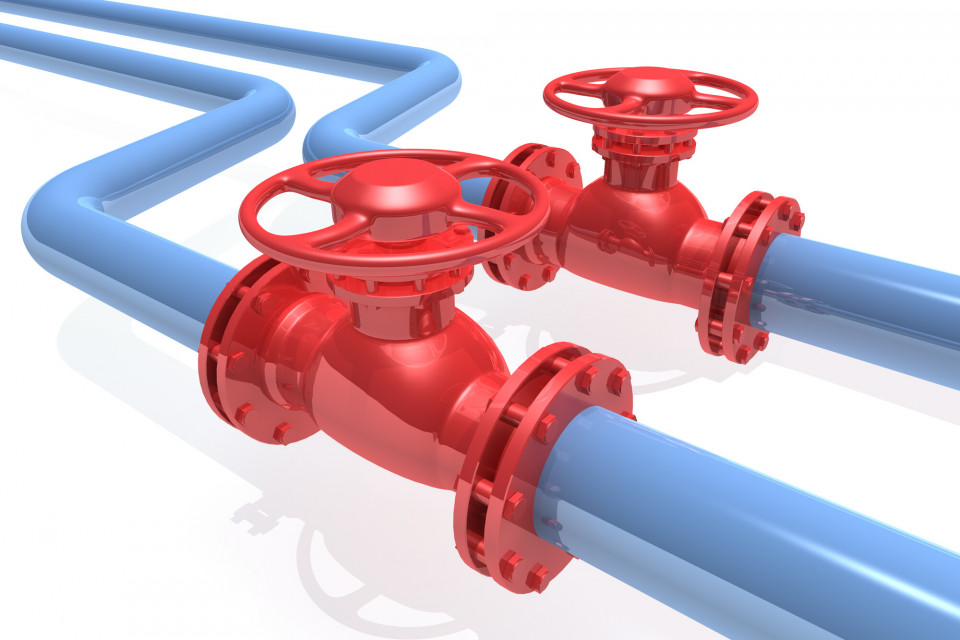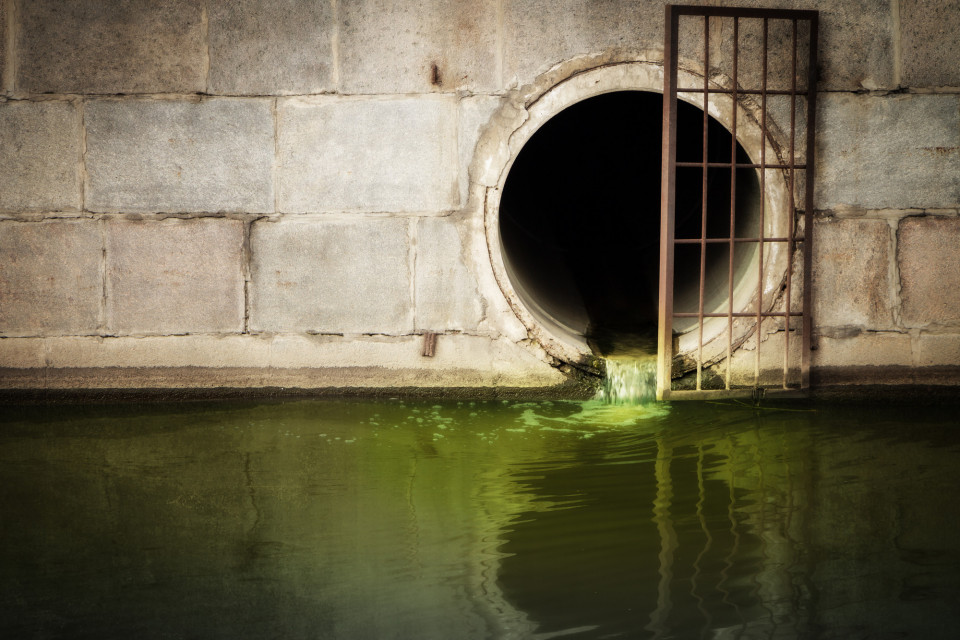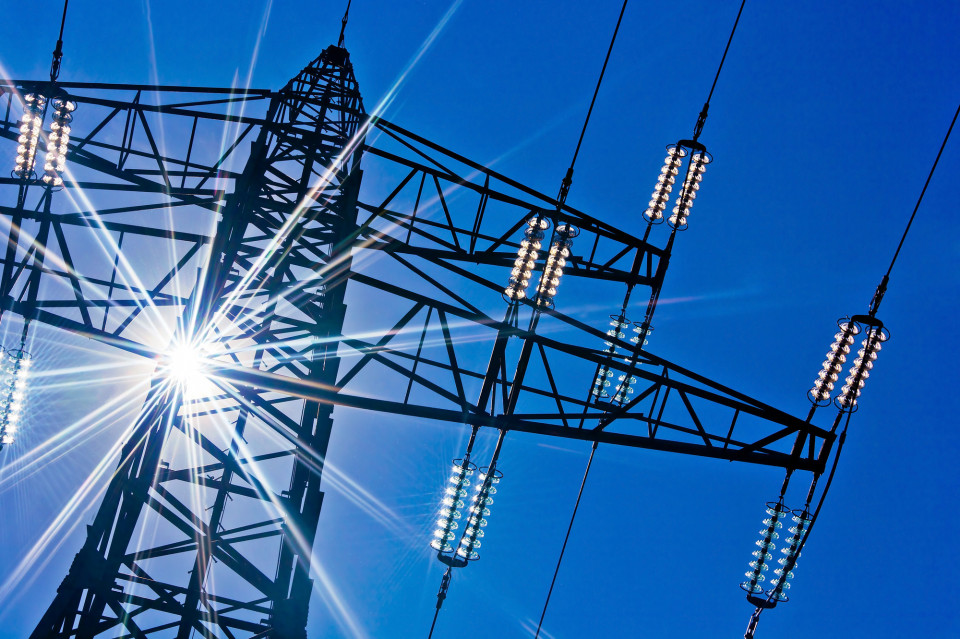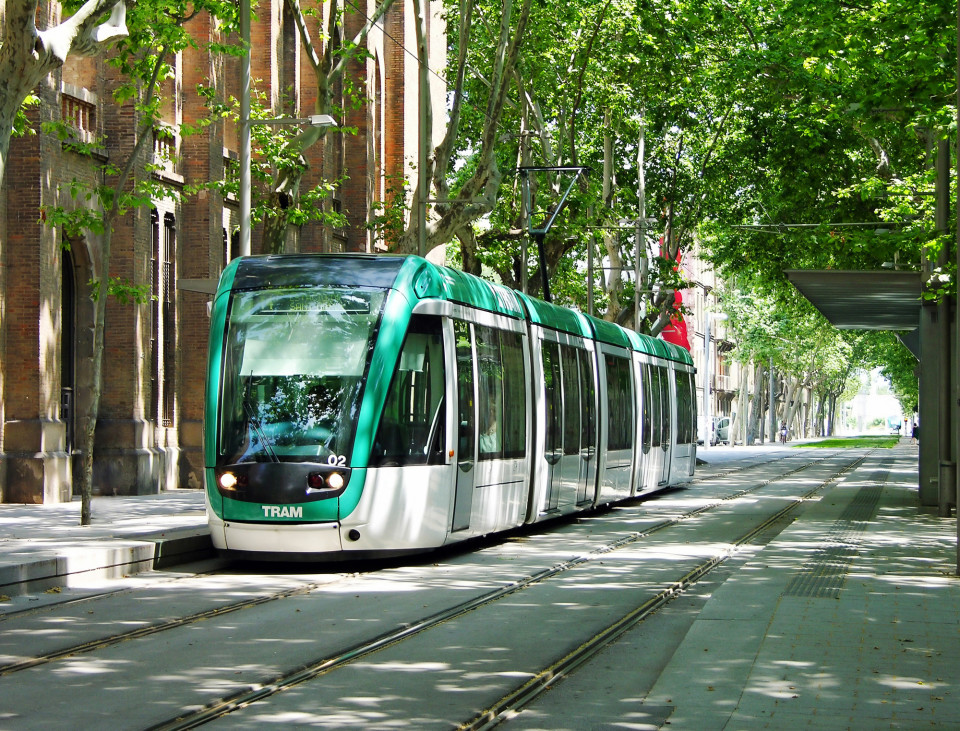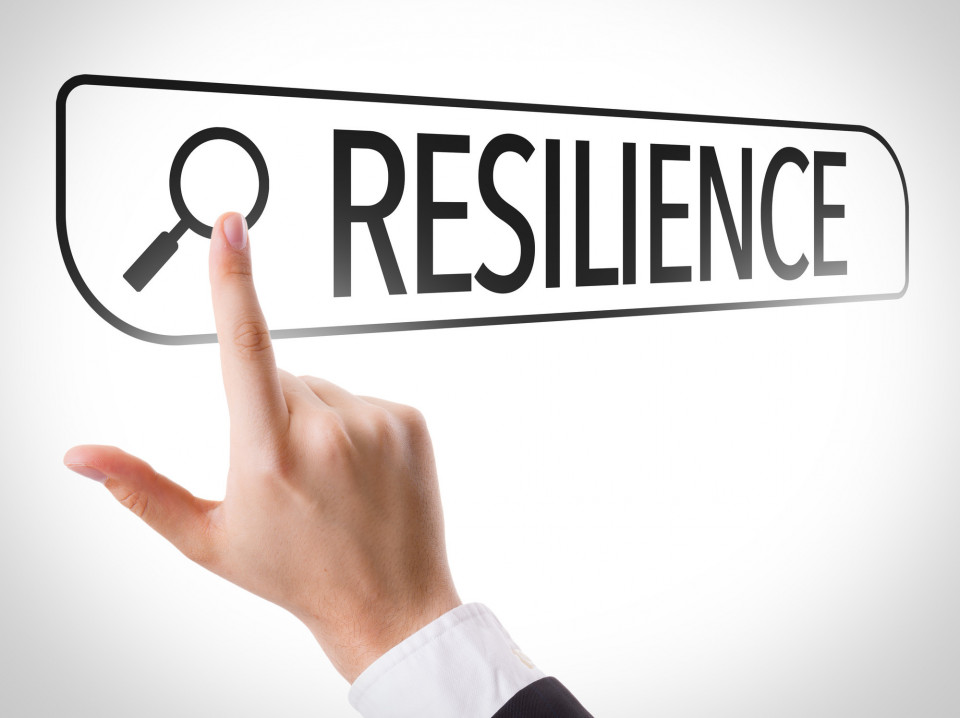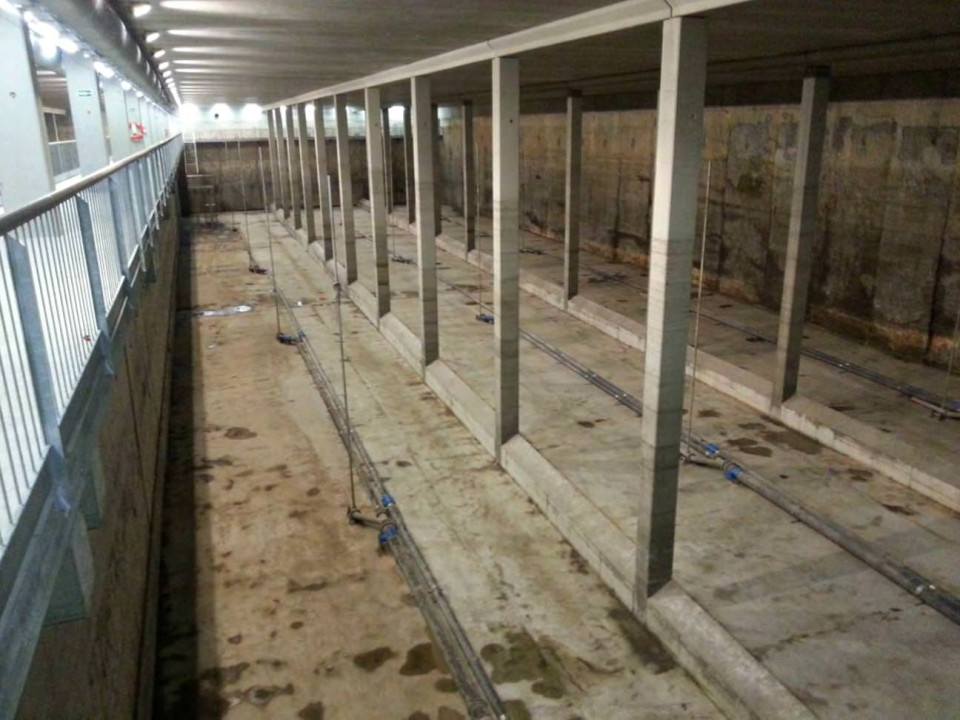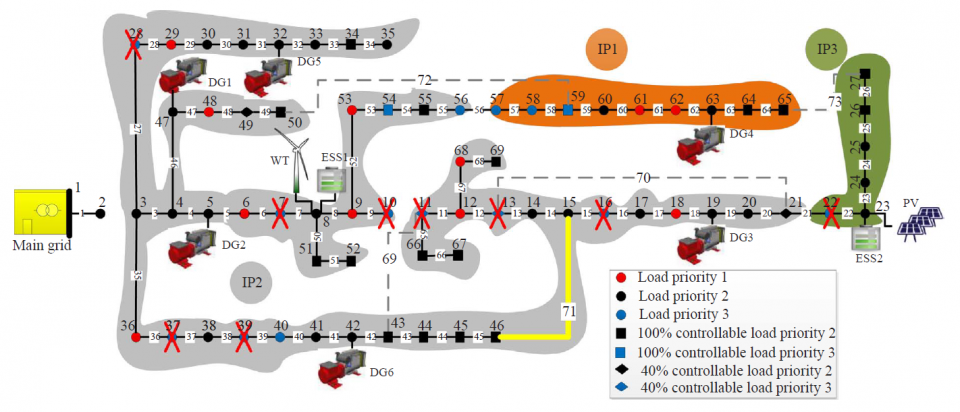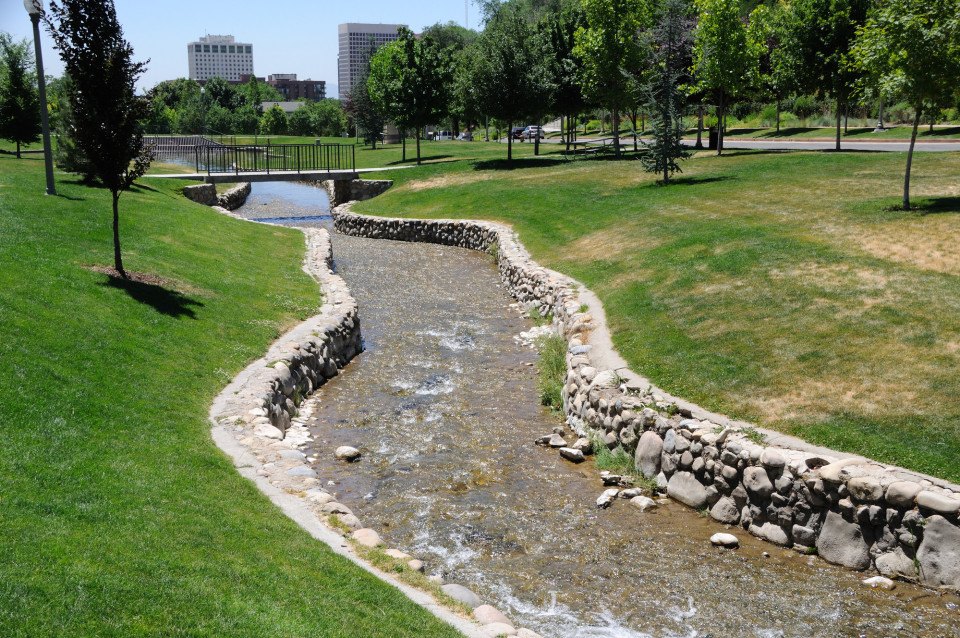Reclaim the Rec Comtal canal
Reclaim the Rec Comtal canal
- Category: Structural / Engineered and built environment
- Application Scale: City
- Sector: Water / Social
- Target: Adaptation
Reclaimed water for water bodies restoration
Ensure compliance with the protocol for emptying water into naturalised ponds in the event of a drought, to preserve and protect amphibians and water plants
- Category: Non-structural / Laws and regulations
- Application Scale: City
- Sector: Water / Environment
- Target: Adaptation
Redefine existing coastal uses
Redefine existing coastal uses
- Category: Non-structural / Behavioural
- Application Scale: City
- Sector: Environment
- Target: Adaptation
Reduction of leakages in water distribution networks
Perform monitoring, preventive and corrective actions to avoid leakage problems in water distribution networks
- Category: Structural / Engineered and built environment
- Application Scale: City
- Sector: Water
- Target: Adaptation
Rehabilitate sewer pipes
Rehabilitate sewer pipes
- Category: Structural / Engineered and built environment
- Application Scale: City
- Sector: Water
- Target: Adaptation
Rehabilitation of points of discharge
Structural corrections on the drainage network to reduce the discharge velocities and local head losses. The greater the influence of the receiving water body level on the drainage system performance, the more important this measure is.
- Category: Structural / Engineered and built environment
- Application Scale: City
- Sector: Water
- Target: Adaptation
Reinforce Electric Municipal fleet
Invest in electric vehicles
- Category: Structural / Technological
- Application Scale: City
- Sector: Mobility / Social / Power / Health / Energy / Environment / Emergency
- Target: Adaptation
Reinforce public transport
Reinforcement of public transports means to provide conditions to inhabitants to discard individual vehicles
- Category: Non-structural / Laws and regulations
- Application Scale: City
- Sector: Mobility / Health / Environment
- Target: Adaptation
Reinforce the role of schools, shops and local organisations as spaces for climate awareness and action
Reinforce the support programmes in schools, shops and local organisations as spaces for climate awareness and action
- Category: Non-structural / Government policies and programs
- Application Scale: City
- Sector: Social / Environment
- Target: Adaptation
Resilience Action Plan
Elaborate a Resilience Action Plan for the city according to RESCCUE methodology
- Category: Non-structural / Informational
- Application Scale: City
- Sector: Water / Mobility / Telecom / Social / Power / Waste / Health / Energy / Environment / Emergency
- Target: Adaptation
Retention tanks and storage sewers
Retention tanks and storage sewers are two technical solutions to provide extra retention capacity in sewer systems during storm events. Retention tanks are, generally, underground constructions, that temporarily store and regulate flows during a storm episode and later on to release it downstream in a controlated way. Retention tanks can be designed in-line or off-line the network and can have 2 possible objectives: to avoid flooding, to avoid CSO or both. In storage sewers, in-line gates are used to temporarily store water within the existing sewer network.
- Category: Structural / Engineered and built environment
- Application Scale: River Basin
- Sector: Water / Health
- Target: Adaptation
Rethink and adapt the criteria in project and works protocols and in the technical specifications for urban spaces
Rethink and adapt the criteria in project and works protocols and in the technical specifications for urban spaces, in order to equip them with a more mainstream vision and ensure the compliance of these sustainability and resilience criteria in urban transformation projects
- Category: Non-structural / Behavioural
- Application Scale: City
- Sector: Water / Mobility / Telecom / Social / Power / Waste / Health / Energy / Environment / Emergency
- Target: Adaptation
Retrofit housing for adaptation
Renovate housing improving insulation to heat and flood, replacing obsolete electrical installations, etc.
- Category: Structural / Technological
- Application Scale: City
- Sector: Water / Social / Power
- Target: Adaptation
Sediment conservation measures
Establish sediment conservation measures: beach regeneration, change the grain size of the sediment brought in, analyse other coast protection options
- Category: Non-structural / Government policies and programs
- Application Scale: City
- Sector: Social / Environment
- Target: Adaptation
Self-healing algorithm in electrical distribution grid
The implementation of the self-healing algorithm will help to mitigate blackouts produced by localized affections to the grid (i.e. flooded substations) by creating new paths for redirecting the energy flow through the operative network by mean of the auto-reconnection of the electrical system creating a new configuration scheme and providing a reliable power supply to the most critical loads in the affected area.
- Category: Structural / Technological
- Application Scale: City
- Sector: Energy
- Target: Mitigation
Set emergency supplies and utilities storages
Emergency supplies and utilities are necessary in case of a flood emergency. It should consist of food and drinks, first aid kit and other provisions to survive or continue operating for instance a hospital or business.
- Category: Non-structural / Government policies and programs
- Application Scale: City
- Sector: Social / Emergency
- Target: Adaptation
Set or update flood hazard maps
Detail geographic information that allows urban planners to take informed decisions, considering flood hazards in the city.
- Category: Non-structural / Government policies and programs
- Application Scale: City
- Sector: Water / Mobility / Telecom / Social / Power / Waste / Health / Energy / Environment / Emergency
- Target: Adaptation
Set up a climate office
Set up a climate office that will adopt a mainstream approach to working on climate change in the administration and a committee to monitor the implementation of the Climate Plan actions consisting of the core team driving the plan and other key players
- Category: Non-structural / Government policies and programs
- Application Scale: City
- Sector: Water / Mobility / Telecom / Social / Power / Waste / Health / Energy / Environment / Emergency
- Target: Adaptation
Smart local irrigation system
Design the municipal irrigation system for watering trees to be able to adapt to different needs of evapotranspiration and cooling services
- Category: Non-structural / Government policies and programs
- Application Scale: City
- Sector: Social
- Target: Adaptation
Soakaways construction
Square or circular excavations either filled with rubble or lined with brickwork, pre-cast concrete or polyethylene rings/perforated storage structures surrounded by granular backfill. They can be grouped and linked together to drain large areas including highways. The supporting structure and backfill can be substituted by modular or geocellular units. Soakaways are one type of "Infiltration Device", a simple way of dispersing surface and storm water in situations where connection to the sewer system system is impractical or unwarranted. The basic principle is that of a "reverse well"; i.e. a "hole-in-the-ground"; that loses water rather than collecting water. Installing a soakaway provides a means by which rainwater from a building can be collected and dispersed into the soil in a suitable location. This measure is part of the called Sustainable Urban Drainage Systems (SUDS).
- Category: Structural / Engineered and built environment
- Application Scale: City
- Sector: Water
- Target: Adaptation
